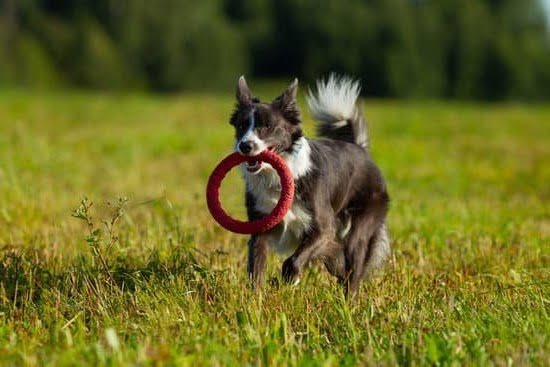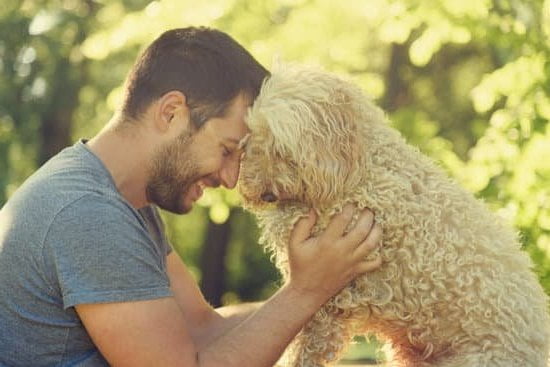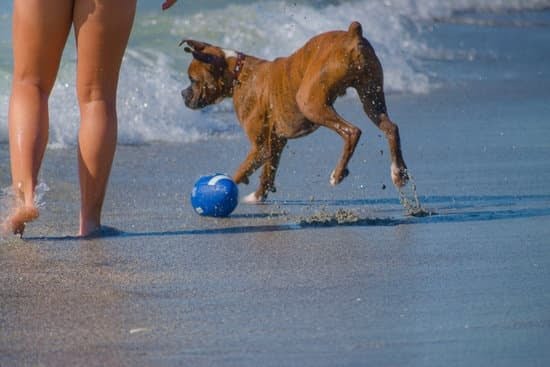Introduction
The purpose of this blog post is to discuss the best time to start dog training, as well as provide guidance on the best methods and techniques for successful dog training. At what age can you start training, and what’s the most effective way? How do you handle bad behavior, or break a habit? We’ll explore these topics, covering techniques from reward-based methods to clicker training. We’ll also highlight some common mistakes that dog owners make when it comes to teaching their pet how to behave. Finally, we’ll discuss tips for early socialization and the importance of patience and consistency when it comes to establishing a routine.
The Benefits of Early Dog Training
One of the biggest advantages of starting dog training from an early age is that it can set them up for success. Training helps puppies to build the skills necessary for a life with responsible owners. Training can help to reinforce positive behaviors that owners would expect from their pup, such as good manners, respect and patience. It also helps to dissuade negative behavior patterns before they become too ingrained in the parent’s habits, such as barking too much or jumping on guests. By teaching basic obedience commands and rules when they are puppies, owners will have the best chance of instilling good behaviors later on at adulthood.
Early dog training can also be beneficial for socialization purposes. Puppies have critical periods of development when it comes to learning about interacting with different people and animals. At this period in their life, pups should be exposed to new situations and environments in order to learn how to respond accordingly and comfortably within social settings–without becoming overly scared or aggressive. Techniques like puppy classes can help dogs form comfort bonds with other puppies their size, helping them develop better social skills early on; these will prove invaluable for them throughout their lives as the interaction between well-socialized dogs makes for more enjoyable evens for all parties involved!
Setting Goals & Expectations
Setting goals and expectations is an important part of dog training. When setting goals, it is important to be realistic and set achievable targets for both you and your dog. Start with the basics; focus on basic obedience which consists of commands such as sit, stay, come and drop it. You can then move onto more complex commands such as fetch or play dead. Once your dog has mastered the basics, begin to challenge him by asking him to perform tasks outside of his comfort zone. Include treats or rewards as a form of encouragement when setting goals.
It is also important to have sensible expectations when training your dog. Your pup may not be able to hold a stay for very long right away if he is young and just learning the command. Be patient and give ample reward when they are successful in achieving smaller goals so they can gradually work towards meeting larger ones.
Factors to Consider When Choosing a Time to Start
Choosing the right time to start dog training is an important step in introducing your dog to a healthy obedience lifestyle. Factors to consider when selecting the best time for your dog’s training include not only their age and energy level, but also their history of reinforcement. If you select too early a start age, your pup may be too young mentally or physically to absorb the information needed for successful training.
In addition to considering age and activity levels, it’s important to remember that different types of breeds require different kinds of teaching methods. Before starting any kind of training with your pooch, take some time to research the most effective type of training for them. Not all dogs will do best with positive reinforcement or clickers alone, so be sure you understand what will work best before investing any money in classes or how-to books. Knowing your dog’s temperament and behaviour before commencing any new instructions will give you a good leg up in carving out a successful routine that is tailored specifically for him/her.
Training Your Dog at Home or Enrolling in Classes
Consistency is key in dog training. Dogs learn by repetition, and taking the same approach each time will allow you to more quickly reinforce desired behaviors. Remember that positive reinforcement works better than punishment – rewarding positive behavior encourages a dog to repeat it, while punishing undesirable actions can erode trust between you and your pet. You should also stick with one kind of reward when teaching new skills – this could include a small treat, verbal praise or gentle petting.
Enrolling in classes or working with an experienced trainer can provide extra support for tackling even the most challenging problems. Having someone with experience who understands how dogs think and learn will make all the difference in your success as a trainer. Working on new skills together can be especially useful for developing good habits early on; but regardless of how you train, the important thing is that you keep up with it, making sure to practice regularly so your pup remains focused and responsive.
Common Mistakes to Avoid
When training a dog, it’s important to consider when it is the best time to start. Planning ahead will make sure the process runs smoothly and your pup learns as efficiently as possible. Generally, puppies are most impressionable from 8 weeks old up until around 6 months of age; this is usually the best time to start training your dog.
There are a number of common mistakes made during dog training that should be avoided. One such mistake is failing to use consistent commands or signals on each repetition when teaching new behaviors. It’s important that all members of the household use the same words each time so your dog understands what you want them to do. Additionally, many owners assume that their pup understands after just one or two repetitions when it may take several attempts for them to learn a new skill correctly. Patience and consistency are vital ingredients in successful dog training. Another issue many new owners have is underestimating the physical needs of their pet – boredom can quickly lead to problem behaviors if these needs aren’t met effectively through exercise and stimulation activities like playtime and walks outdoors. Finally, failing to reward good behavior is another mistake often made during the initial stages of obedience training-positive reinforcement is key in encouraging your pup to repeat good behaviors over time.
Conclusion
When training your dog, it is important to use positive reinforcement and reward systems whenever possible. Positive reinforcement encourages desirable behavior and strengthens the bond between you and your pet. This can involve rewarding them with treats, verbal praise, or exposure to activities or toys that they enjoy. Doing this will help ensure that the desired behavior is repeated over time. Additionally, positive reinforcement rewards allow a puppy or dog to develop self-control and avoid unwanted behaviors. Never use any form of physical punishment as this can ultimately cause more harm than good and can break down the trust between you and your animal companion. With patience, dedication, and consistent positive reinforcement, you can form a happy relationship with your pet.

Welcome to the blog! I am a professional dog trainer and have been working with dogs for many years. In this blog, I will be discussing various topics related to dog training, including tips, tricks, and advice. I hope you find this information helpful and informative. Thanks for reading!





